We may earn money or products from the companies mentioned in this post. This means if you click on the link and purchase the item, I will receive a small commission at no extra cost to you ... you're just helping re-supply our family's travel fund.
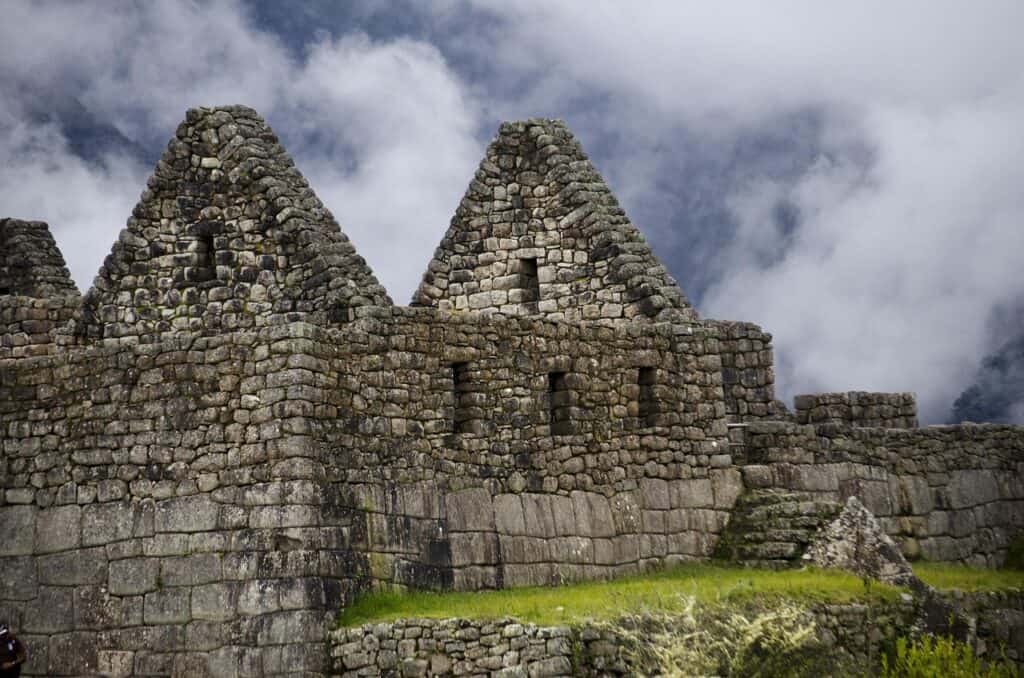
Across the world, breathtaking natural wonders and culturally significant sites have become victims of their own popularity. As tourism surged—often faster than local ecosystems or communities could handle pollution, erosion, and overcrowding began to reshape these once-pristine places. The following list explores how ten globally admired destinations gradually deteriorated, highlighting the pressures they faced and the numbers that reveal just how deep the damage runs.
1. Maya Bay, Thailand
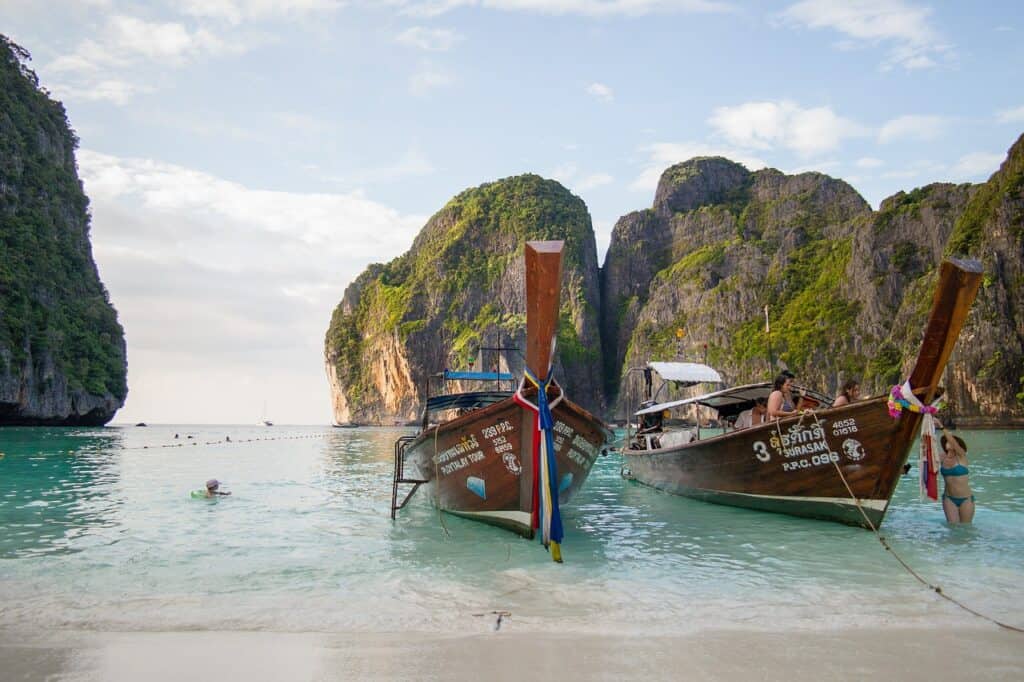
Once drawing over 5,000 visitors daily, Maya Bay suffered extensive coral destruction, with nearly 80% of reefs damaged by boat anchors and sunscreen chemicals. The sudden tourism boom between 2010 and 2017 overwhelmed the bay’s limited ecosystem, causing fish populations to decline sharply. When authorities shut the site for 1,200 days, researchers found sediment buildup had quadrupled, proving how fast this small cove deteriorated under unmanaged visitation.
2. Venice, Italy
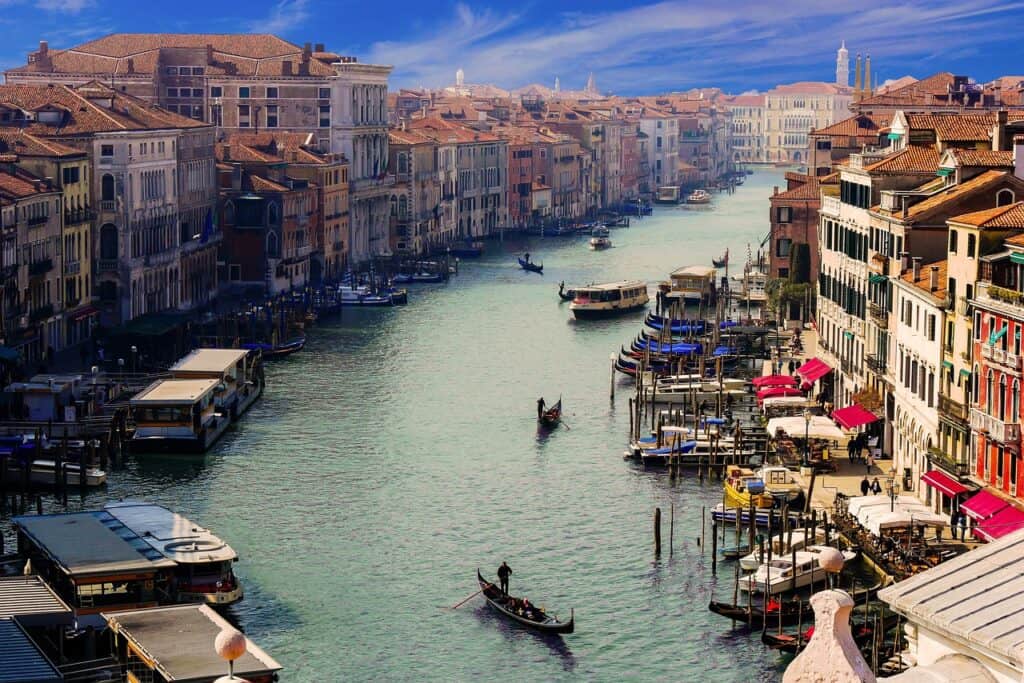
Venice receives nearly 25 million tourists each year, far beyond what its fragile lagoon can sustain. Cruise ships weighing over 90,000 tons created destructive wakes that damaged canal walls and historic foundations. Pollution levels in the lagoon rose by 30% in a decade, while rising sea levels intensified erosion. Even after reducing large ship access, the city struggles with crowding that pushes daily waste output beyond 2,000 tons, stressing already frail infrastructure.
3. Great Barrier Reef, Australia
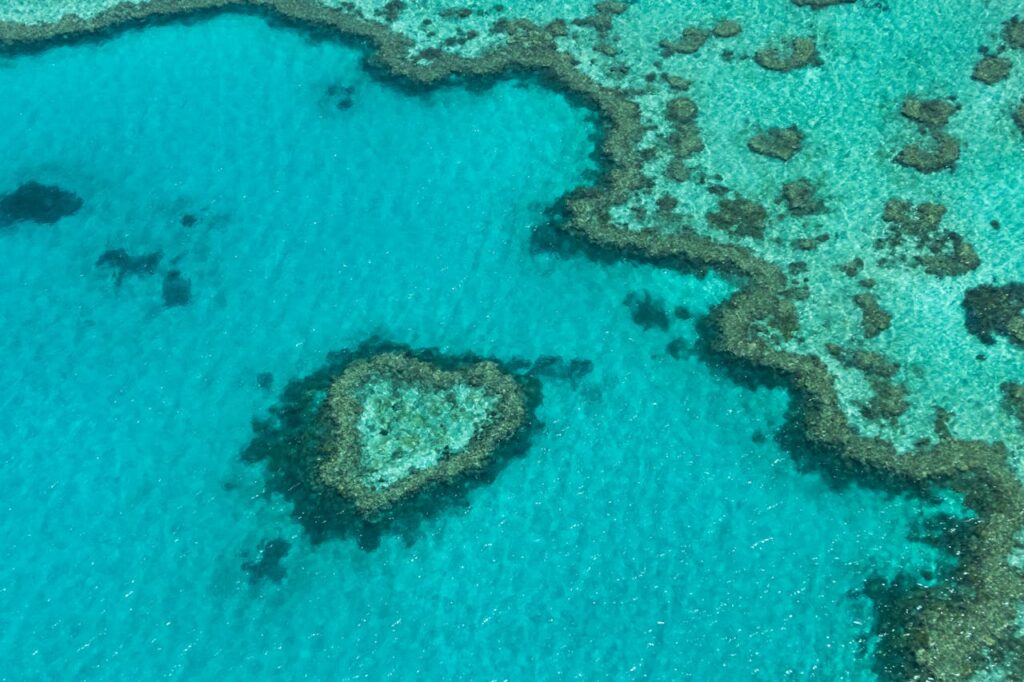
The Great Barrier Reef, once spanning vibrant corals across 344,400 km², has lost nearly 50% of its coral cover since 1995. Mass bleaching events—triggered by temperature spikes above 30°C—have devastated reef sections visited by more than 2 million tourists annually. Chemical runoff from agriculture increased nutrient levels by 250%, promoting algae that smother coral. Scientists warn that without rapid climate action, another 70% could disappear in the coming decades.
4. Mount Everest, Nepal

Everest now hosts around 800 climbers per season, generating nearly 30 tons of waste annually. Abandoned oxygen cylinders, shredded tents, and frozen debris accumulate at altitudes above 8,000 meters, where decomposition is minimal. The number of annual expeditions has tripled since the 1990s, overwhelming cleanup crews. Even with Nepal’s rule requiring climbers to bring back 8 kg of trash, pollution remains deeply embedded in ice and rocky slopes.
5. Boracay Island, Philippines

Boracay once welcomed 2.1 million tourists a year, far exceeding its carrying capacity of 19,000 daily residents and guests. Unregulated sewage disposal contaminated waters, with coliform levels rising to 47 times safe limits. Coral reefs declined by 70% due to anchoring and construction runoff. The island’s forced 6-month closure in 2018 revealed the extent of degradation, as cleanup teams removed over 1,500 tons of accumulated waste from beaches and drainage systems.
6. Machu Picchu, Peru
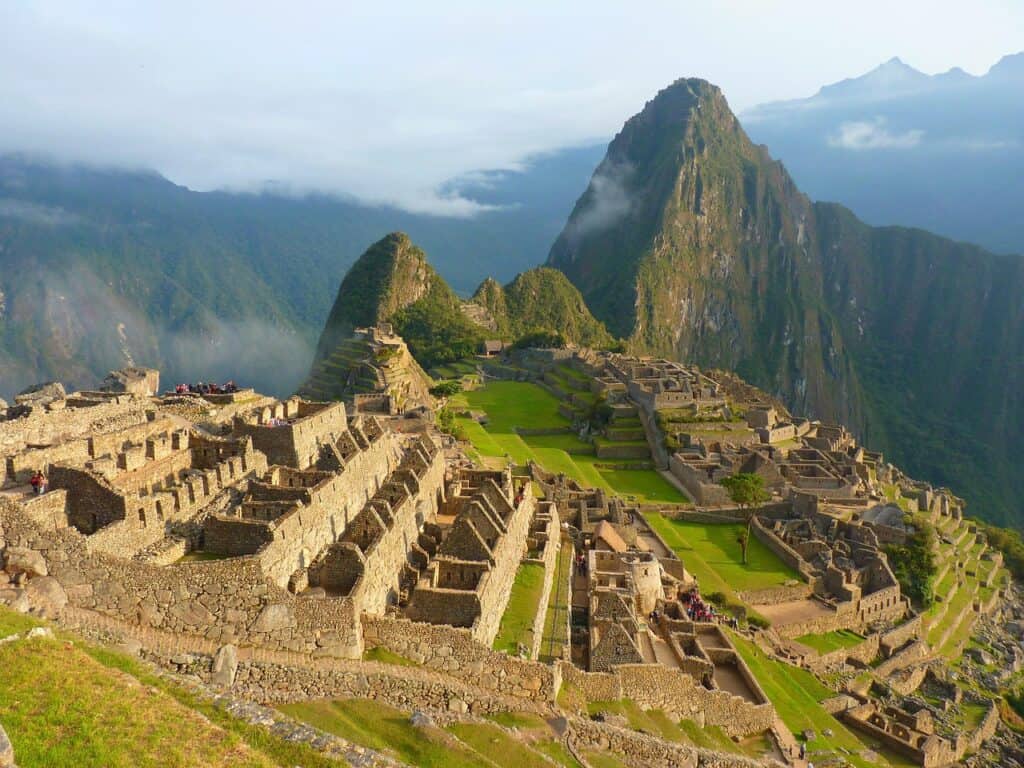
Machu Picchu receives nearly 1.6 million visitors annually, more than triple UNESCO’s recommended limit of 500,000. Heavy foot traffic has increased soil erosion by 60% along the Inca Trail, while unauthorized trails carved by hikers scar nearby slopes. Structural pressure on ancient terraces intensified as daily entry numbers reached 5,000, causing slow but visible destabilization. Authorities introduced timed tickets, yet illicit trekking still contributes to ongoing terrain deterioration.
7. Ko Phi Phi Leh, Thailand
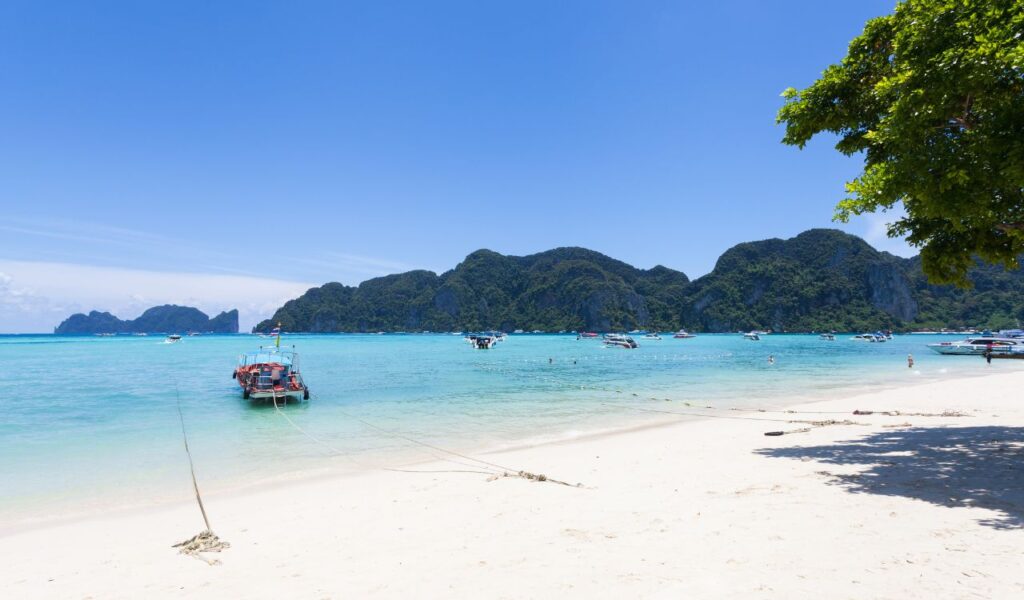
Hosting more than 4,000 tourists daily, Ko Phi Phi Leh experienced severe coral mortality, with studies showing over 65% damage from boat anchors alone. Wastewater discharge surged by 400% between 2005 and 2018, polluting bays once considered pristine. Construction of hotels and tour facilities eroded hillsides, washing sediments into the sea. Despite partial restoration after selective closures, declining biodiversity, down nearly 50% and remains a stark reminder of unchecked tourism.
8. Galápagos Islands, Ecuador
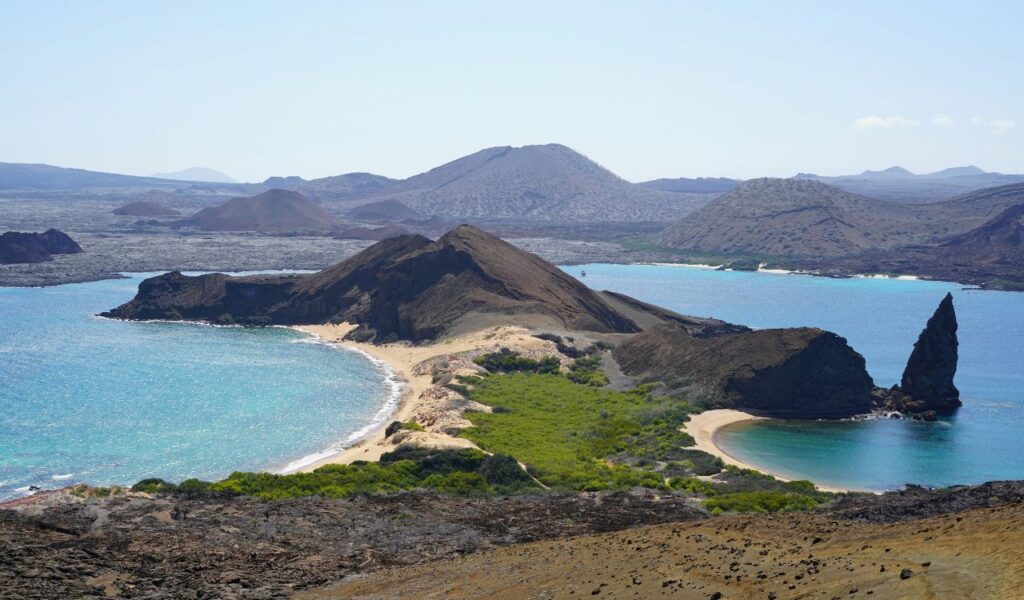
Tourist numbers ballooned from 40,000 annually in the 1990s to over 270,000 today, introducing invasive species and increasing waste output by 150%. The fragile ecosystems—home to 9,000+ unique species—struggle as ships, flights, and hotels expand. Plastic pollution rose sharply, with some beaches accumulating 400 items per 100 meters. Strict conservation laws help, but pressure continues to mount, threatening species like the giant tortoise whose populations dropped by 30% in key zones.
9. Taj Mahal, India
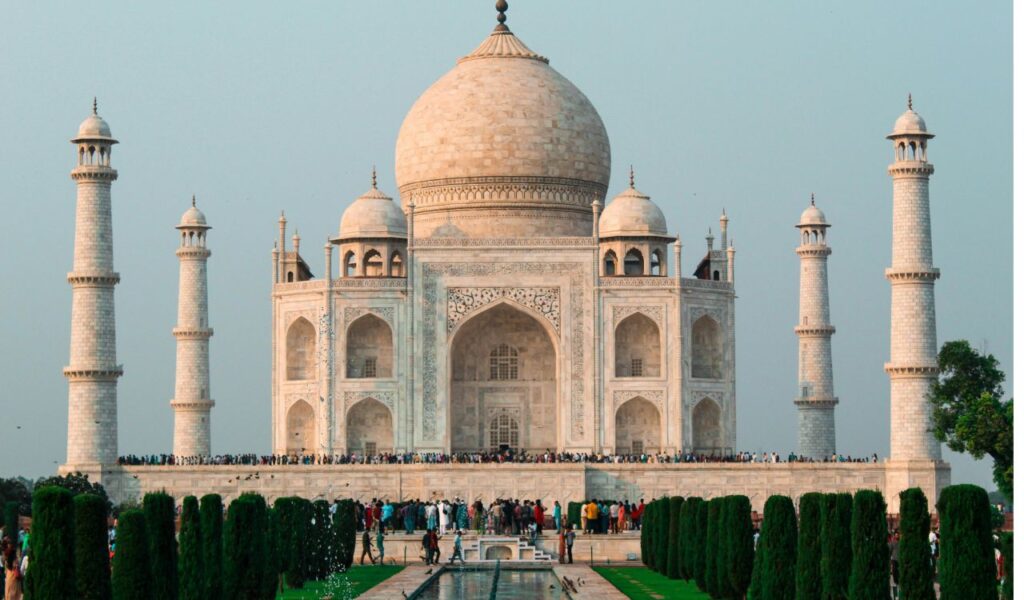
Air pollution from surrounding industries pushed particulate levels to 5–8 times recommended limits, causing the Taj Mahal’s marble to yellow and lose luster. Tourist visits exceeding 7 million per year have worn down flooring and outer pathways. The Yamuna River behind the monument dropped by 70%, exposing pollutants that corrode the structure. Despite restrictions on nearby factories and vehicle zones, restoration crews must clean the façade every 3–4 years, far more often than before.
10. Bali, Indonesia
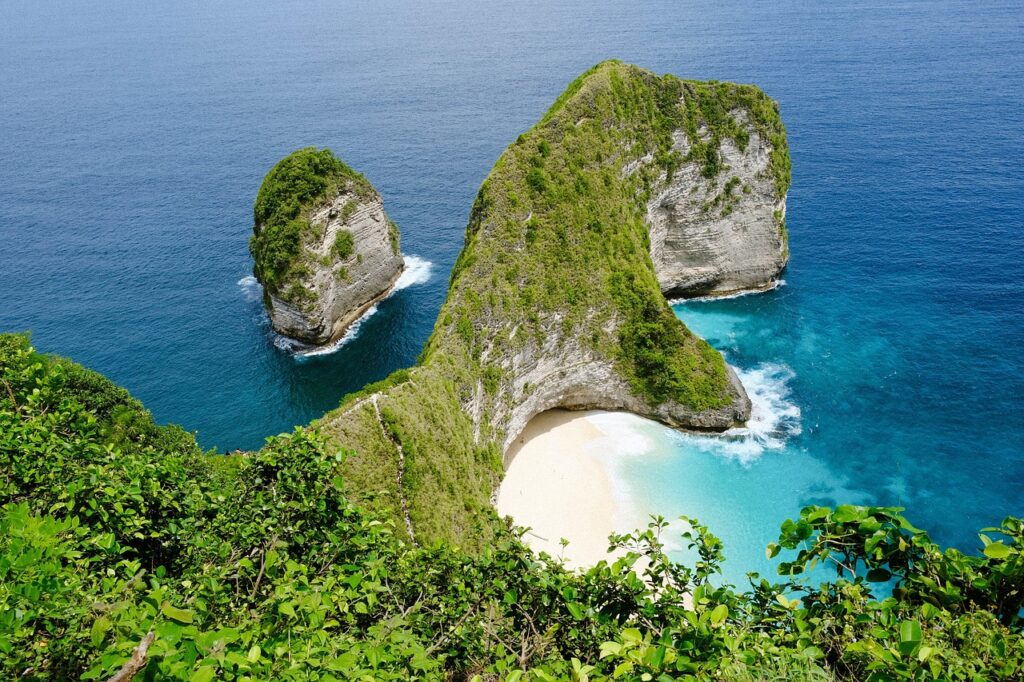
Bali’s annual tourist count surged past 16 million, contributing to plastic waste that reaches 1.5 million tons per year. Seasonal “trash waves” wash up over 60 tons daily on certain beaches. Coral reefs have declined by 50% due to pollution, irresponsible diving, and coastal construction. Freshwater shortages worsen as tourism consumes nearly 65%of the island’s supply. Despite cleanup campaigns, rapid development continues to strain Bali’s diminishing natural resources.